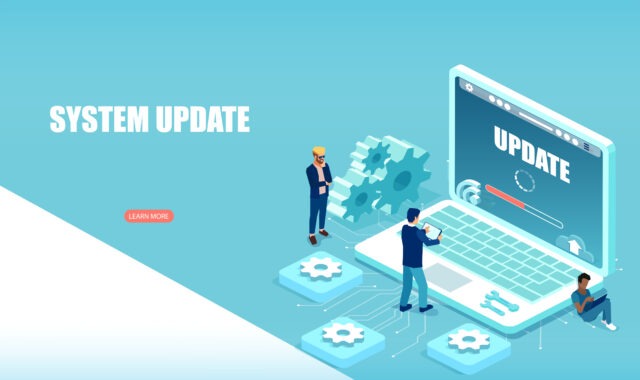
Success is tied to efficiently running operations for any business. The success of one department can’t bring about overall business success. The failing ones, even if they’re minute, can bring your business down.
To ensure overall business success, business owners are adopting tools that help bring cohesion to operations. One such tool is Enterprise Resource Planning (ERP). ERP is a tool that enables you to integrate the core departments of your business for better process execution. These departments could be finance, inventory, human resources, and marketing.
As an entrepreneur, you might have already invested in an ERP tool, which has worked for you. However, in the recent past, things no longer seem the same. Your ERP solution might not be bringing forth the results you desire. Does this sound like you? In such a scenario, what should you do? Should you abandon the tool entirely and seek another? The answer is no.
All you require is to optimize your ERP. Here are some practices you can adopt:
- Assess Your Current Situation
When looking to improve a system, knowing where you currently stand as a business is important. You’ll know this by analyzing your ERP system. Identify the areas that aren’t working and those that your company has outgrown. Doing this will eliminate the aspects that make your ERP system fail.
It’d help to use your previously-formulated performance standards to gauge your ERP today. Has the software achieved all you set for it? If not, consider devising a new plan to integrate your ERP for better results. For instance, you can decide to adopt a cloud-based ERP software for better communication and data access among all your departments.
Besides using performance standards, your company goals can play a big role in bringing back efficiency. In executing your ERP, you might have deviated from these goals due to one reason or another, which might be the reason for the failing system. Therefore, review your ERP and check if it still aligns with these goals. If it doesn’t, be sure to bring back the cohesion.
By assessing your current situation, you’ll know the areas you need to work on as a business. You won’t blindly optimize your ERP and end up wasting resources.
- Upgrade Your System
There’s a possibility that the root cause of your business inefficiency is an outdated ERP system. Also, your business operations could have outgrown your ERP. Therefore, you must inquire if there’s an upgrade to your chosen ERP. Your ERP vendor can give you insight into this, or you can search the internet for this information.
If there are upgrades, ensure you adopt the latest one since it’ll likely have better features to help with your service delivery. Suppose there isn’t an updated version but you choose the lowest subscription plan for the ERP. Upgrade to a better plan that offers more features and suits your current needs.
As you upgrade your system, it’s good to point out that it shouldn’t be a one-time process. Make it a habit to update your systems regularly. Also, always train your team on utilizing any upgrade to ensure they utilize the new ERP to the maximum and better operations.
- Seek Feedback
Feedback is one essential tool if you’re looking to improve a product or system. It more or less refers to the opinions about a given system from those who utilize it. Your workers are the number one team directly utilizing the ERP system in your company. Therefore, their feedback could bring the insight you require to optimize your ERP.
You want to ask them about the issues they’ve encountered when using the ERP system and how better they think it would’ve worked in an ideal situation. As you get this insight, you should take it seriously and adopt it in your optimization plan.
The ERP system should make your workers’ work easier as they fulfill their responsibilities. By implementing their suggestions on an ideal system, you’ll be helping them better execute their job while increasing company productivity.
It’d also help to seek feedback from your clients. Although they aren’t the direct users of your ERP, they’re affected one way or another. Here, the feedback to seek is on how your company is meeting their needs. Do they feel your services could be better? If yes, what would be an ideal system for them? Depending on their feedback, find a way to integrate it into your ERP for better services. Suppose the issue your clients are facing is delayed order deliveries. It means you need to improve your sales and inventory department integration.
Conclusion
Optimizing your enterprise resource planning is something you should consider doing every so often. It’ll keep you on track and prevent business inefficiencies that negatively affect your profits. Consider adopting the practices discussed here for an effective process.


































